On April 27, 2013, a group of graduating students at Wilcox County High School in Rochelle, Georgia, held their school’s first‐ever integrated prom, where both Black and white students could attend together.
For those who are familiar with American history, it almost sounds unbelievable that an integrated prom did not occur until 2013. After all, it was 59 years earlier, in 1954, that the United States Supreme Court ordered the integration of all segregated schools across the country, including all school events. Segregation is the enforced separation of racial groups, and the 1954 Supreme Court ruling was intended to end this forced separation in America’s schools.
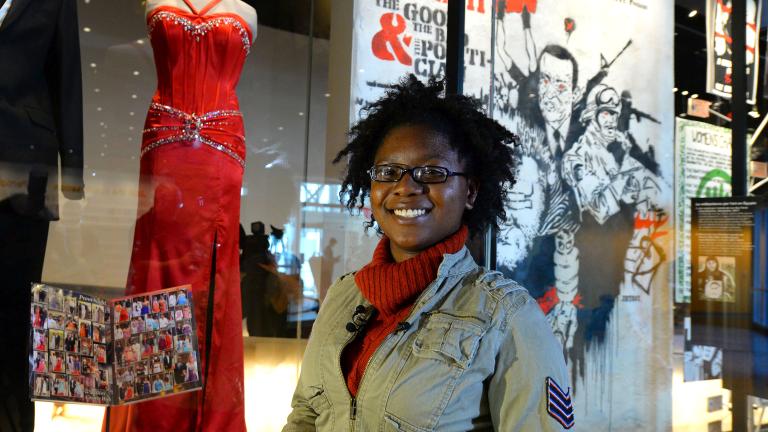

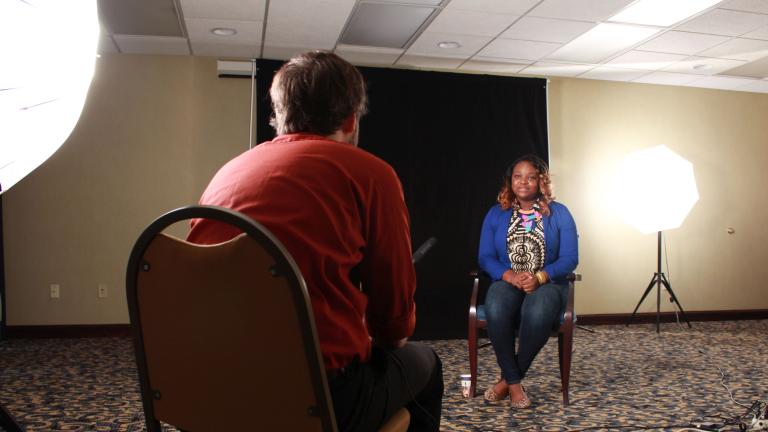
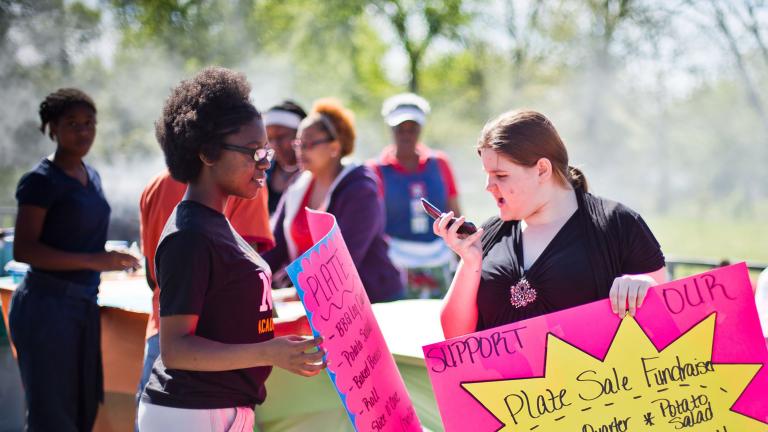

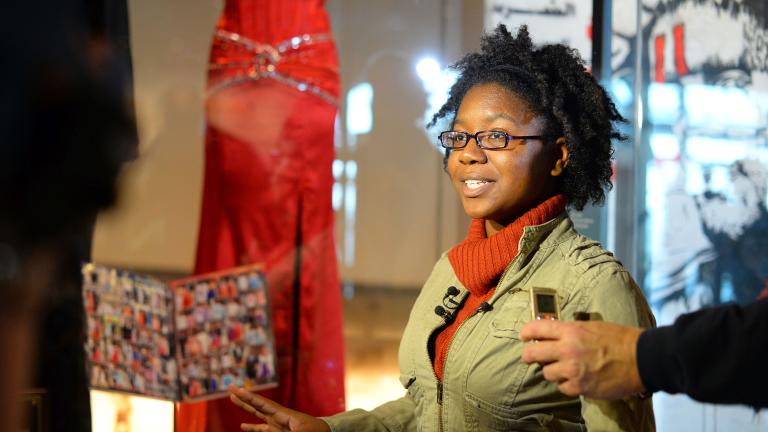

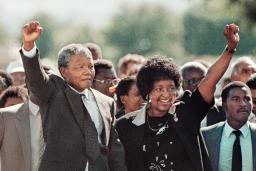


Continue the conversation
This story sparked interesting discussion when we shared it on social media. Follow us on Facebook and X to join the conversation.
Ann de Vries
facebook February 7, 2020 by Ann de VriesPhilippe Mailhot
facebook February 6, 2020 by Philippe MailhotBarb Galler-Smith
facebook February 6, 2020 by Barb Galler-Smith